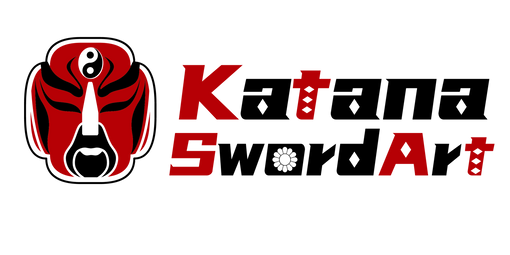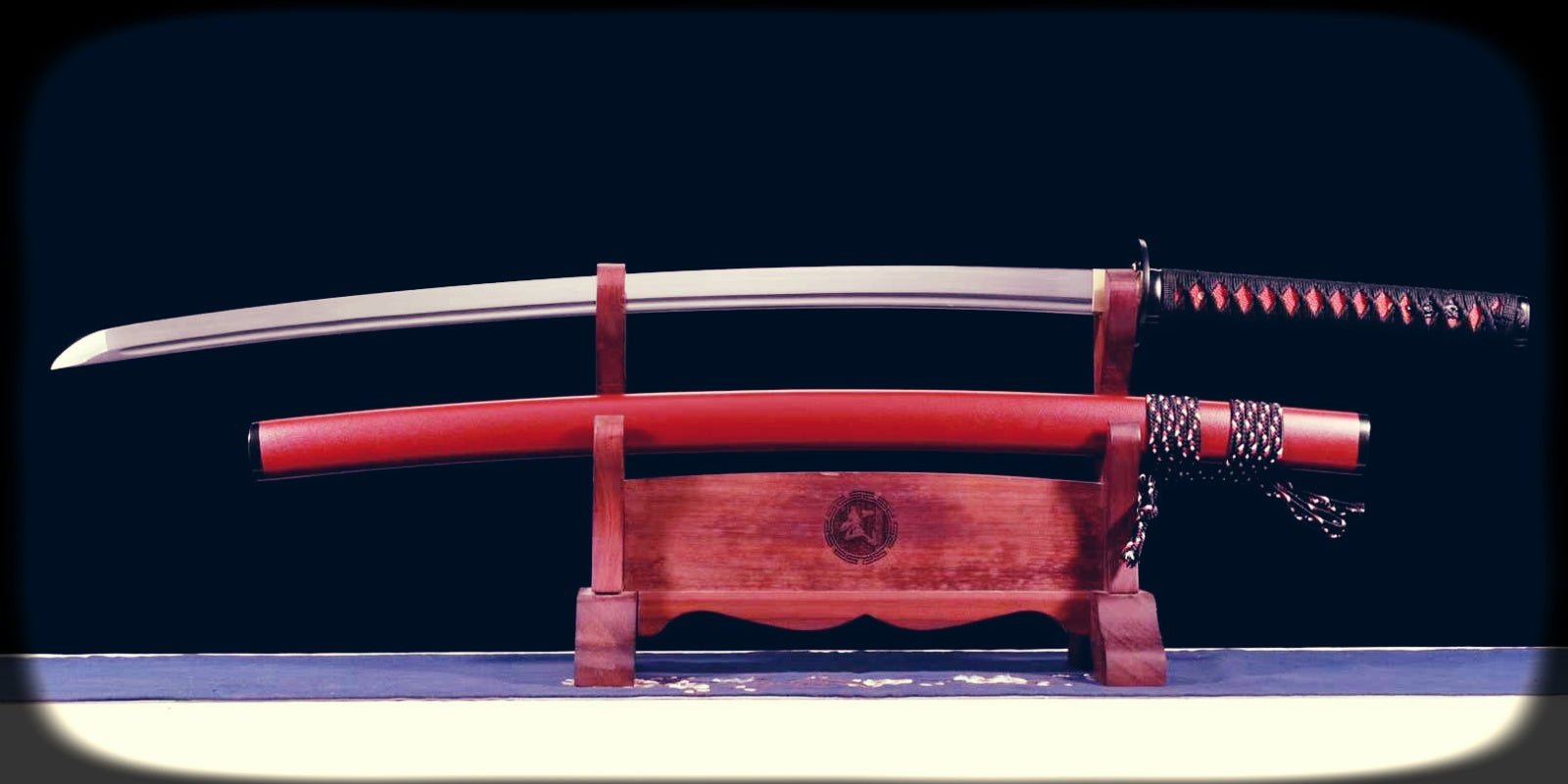How Functional Are Modern Katanas for Martial Arts Practice?
For martial artists in Australia and around the world, the katana is more than a decorative sword—it's a training partner, a precision tool, and sometimes, an extension of one’s body and spirit. But with so many modern reproductions on the market, the question arises: Are today’s katanas actually functional for martial arts practice, or are they mostly just for show?
In this article, we break down the key factors that determine whether a modern katana is suitable for real martial arts training, including cutting performance, durability, balance, and safety.
1. Choosing the Right Steel for a Functional Katana
When it comes to martial arts practice, the type of steel used in your katana can make a huge difference in both performance and safety. High-quality modern training swords are typically made from a range of carbon steels and tool steels, each with its own unique strengths:
-
1060: A medium carbon steel that offers good toughness and is forgiving during training—ideal for beginners practicing cutting techniques.
-
1095: A high carbon steel known for its exceptional edge retention and sharpness, but it can be more brittle if mishandled.
-
T10: A tungsten-alloy high carbon steel, valued for its superior hardness and ability to produce a prominent hamon line. It holds a sharp edge well while maintaining decent toughness.
-
5160: A spring steel with excellent flexibility and shock resistance. Originally used for car leaf springs, it performs extremely well in demanding, full-contact cutting.
-
9260: A silicon-manganese spring steel, praised for its high resilience and resistance to fracture, making it ideal for repeated cutting drills and high-impact use.
-
CPM 3V: A modern powder metallurgy tool steel with outstanding toughness and edge stability. It resists chipping even under heavy use and is a top choice for performance blades.
All of these steels, when properly heat-treated, can produce a katana with the strength, sharpness, and resilience needed for real-world martial arts practice. A true functional katana will also feature a full tang construction, secure mekugi pegs, and tightly fitted components to ensure safety and performance during training.
2. What Martial Arts Are We Talking About?
Different Japanese sword arts require different types of swords:
-
Iaido: Focuses on smooth, precise draws and cuts. Practitioners often use a blunt-edge alloy iaito, or a lightweight shinken with a well-balanced feel and proper curve (sori).
-
Kenjutsu / Battojutsu: Involves practical cutting and combat drills. A real, sharp katana is necessary for proper form and test cutting (tameshigiri).
-
Katori Shinto-ryu or Kendo Kata: Usually involve bokken or blunt-edged blades for safety, but serious practitioners may also work with live blades under supervision.
A modern katana’s weight, balance, and blade geometry must match the intended martial art for safe and effective training.
3. Blade Performance: What Makes a Katana “Functional”?
A functional modern katana for martial arts should include:
-
Proper Heat Treatment: This gives the blade the right hardness (~58–60 HRC) while preserving flexibility to avoid snapping.
-
Differential Hardening (Optional): Creates a hamon and a harder edge with a softer spine, mimicking traditional forging methods.
-
Full Tang Construction: The blade should extend fully into the handle and be secured with one or two mekugi (pegs), ensuring it won’t detach during use.
-
Tight Fit and Finish: No loose parts—especially the tsuka (handle) or tsuba (guard)—as any movement can be dangerous during practice.
Modern materials like CPM 3V, spring steels (5160, 9260), and differentially hardened T10 can make today’s functional katanas even more reliable than historical blades for repeated cutting practice.
4. Balance and Handling: Feel Matters
Martial artists often say a sword must "feel alive" in the hands. This comes down to:
-
Point of Balance (PoB): Most functional katanas have a PoB ~12–15 cm from the guard, offering both cutting power and responsive handling.
-
Weight: Training swords typically weigh between 900g and 1.3kg. Heavier isn’t always better—too much weight causes fatigue and sloppy technique.
-
Sori (Curvature): A subtle curve enhances drawing and cutting fluidity, especially in Iaido or Battojutsu.
Modern swordsmiths can custom-tune these characteristics to match a practitioner’s body size, school style, or preference.
5. Maintenance and Safety Considerations
Functional swords require regular care. A modern katana used for martial arts should always be:
-
Kept clean and lightly oiled to prevent rust
-
Checked before every practice for loose fittings or cracks
-
Stored properly in a saya, away from moisture or extreme temperatures
Never use a blade that is damaged, loose, or made of stainless steel for training—it’s not worth the risk.
Conclusion: Yes—With the Right Katana
So, how functional are modern katanas for martial arts practice? The answer is: very functional—if you choose the right one. Thanks to improved metallurgy, precise craftsmanship, and custom options, modern practitioners can access high-performance swords that are often more consistent than historical antiques.
Whether you're training in a dojo here in Australia or practicing solo cutting drills, investing in a well-made, properly balanced katana will elevate your practice and keep you safe.
If you're unsure how to choose the right katana for your martial arts needs, feel free to contact us—we’re happy to help match you with a blade that fits your art, your body, and your goals.

